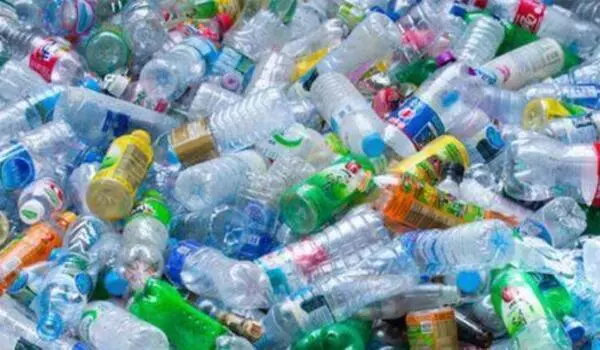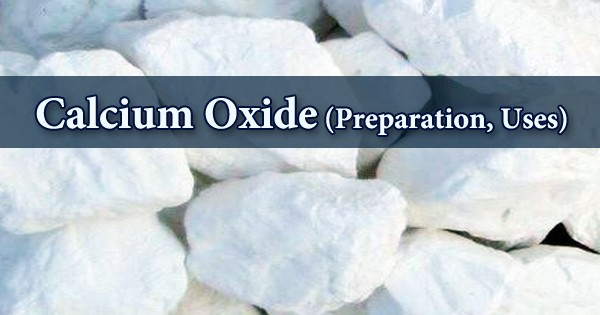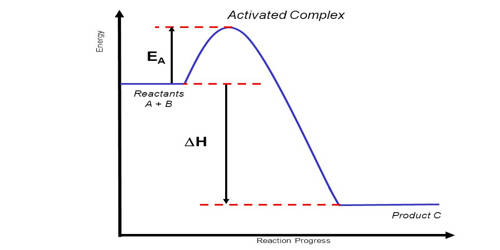Experts have developed a method for converting polyethylene waste (PE) into valuable chemicals using light-driven photocatalysis. PE is the most commonly used plastic in the world, including daily food packaging, shopping bags, and reagent bottles, and the researchers believe that, while recycling of PE is still in its early stages, it could be an untapped resource for re-use.
An international team of experts conducting fundamental research has developed a method for converting polyethylene waste (PE) into valuable chemicals using light-driven photocatalysis.
The University of Adelaide’s Professor Shizhang Qiao, Chair of Nanotechnology, and Director, Centre for Materials in Energy and Catalysis, at the School of Chemical Engineering, led the team which published their findings in the journal Science Advances.
Our fundamental research provides a green and sustainable solution to simultaneously reduce plastic pollution and produce valuable chemicals from waste for a circular economy. It will inspire the rational design of high-performance photocatalysts for solar energy utilisation and benefit the development of solar-driven waste upcycling technology.
Dr. Shizhang Qiao
“We have upcycled polyethylene plastic waste into ethylene and propionic acid with high selectivity using atomically dispersed metal catalysts,” said Professor Qiao. “An oxidation-coupled room-temperature photocatalysis method was used to convert the waste into valuable products with high selectivity. Nearly 99 per cent of the liquid product is propionic acid, alleviating the problems associated with complex products that then require separation.”
Solar energy was used instead of industrial processes that use fossil fuels and emit greenhouse gases. This waste-to-value strategy consists primarily of four components: plastic waste, water, sunlight, and non-toxic photocatalysts that harness solar energy and boost the reaction. Titanium dioxide with isolated palladium atoms on its surface is a common photocatalyst.”
The majority of plastics used today are discarded and end up in landfills. PE is the most commonly used plastic on the planet. PE is used in everyday food packaging, shopping bags, and reagent bottles. It also accounts for the majority of all plastic waste and is primarily disposed of in landfills, posing a threat to the global environment and ecology.

“Plastic waste is an untapped resource that can be recycled and processed into new plastics and other commercial products,” Prof. Qiao said. “Catalytic recycling of PE waste is still in early development and is practically challenging because of chemical inertness of polymers and side reactions arising from structural complexities of reactant molecules.”
Current chemical recycling for PE waste is carried out at temperatures exceeding 400 degrees Celsius, resulting in complex product compositions. Ethylene is a valuable chemical feedstock that can be converted into a wide range of industrial and consumer products, while propionic acid is in high demand due to its antiseptic and antibacterial properties.
The work of the team aims to address current environmental and energy challenges, thereby contributing to a circular economy. It will be useful in future scientific research, waste management, and chemical production.
“Our fundamental research provides a green and sustainable solution to simultaneously reduce plastic pollution and produce valuable chemicals from waste for a circular economy,” said Dr. Qiao. “It will inspire the rational design of high-performance photocatalysts for solar energy utilisation and benefit the development of solar-driven waste upcycling technology.”















